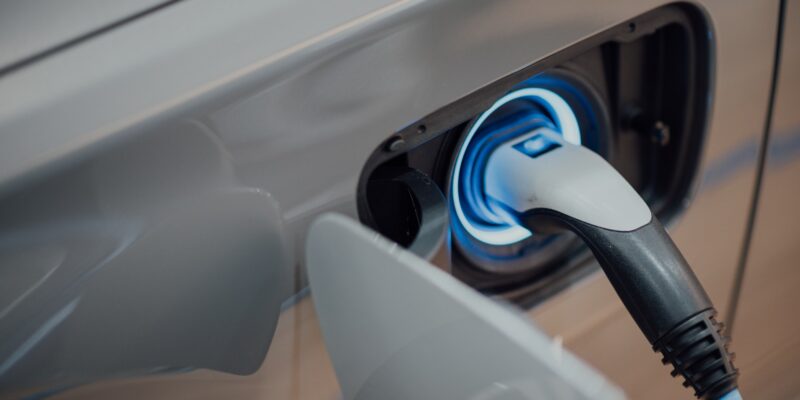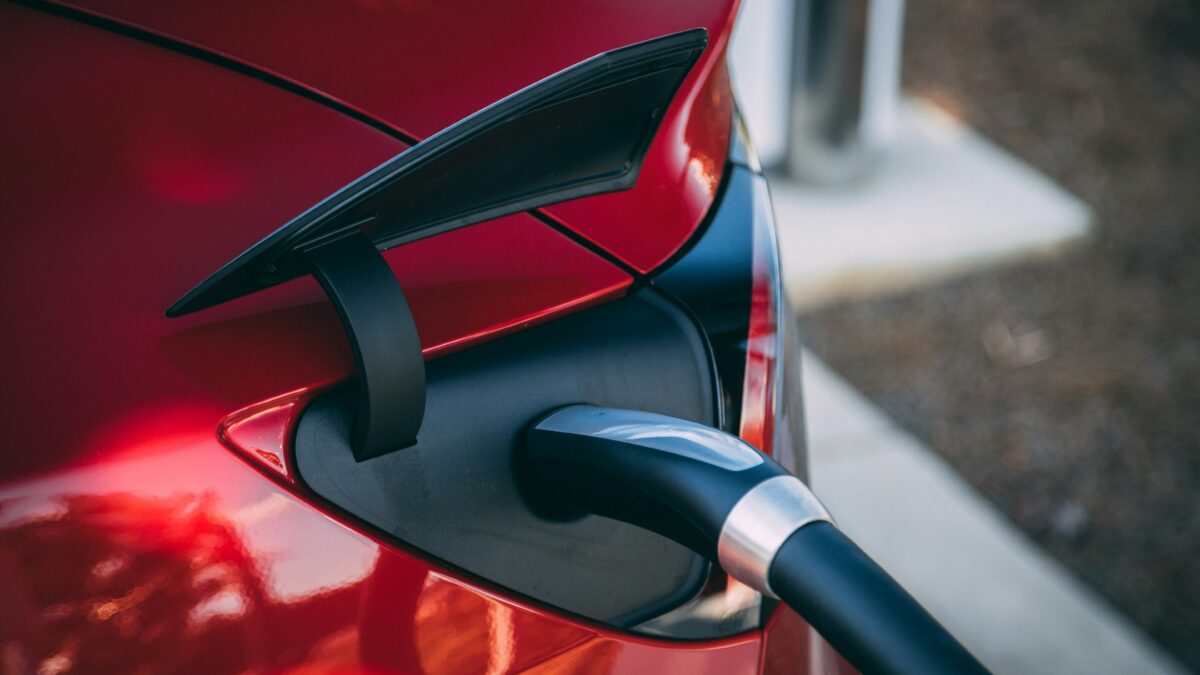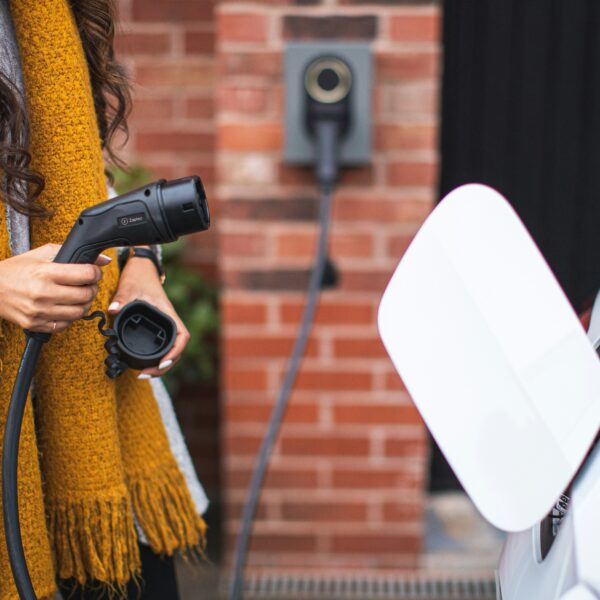8 Mistakes to Avoid When Charging Your EV
As electric vehicles are getting increasingly popular with consumers, automotive companies are investing heavily in its technology, making it better and more reliable. Buying an electric car presents a new set of challenges for consumers compared to traditional combustion engines. There are no more trips to the petrol pump; instead, it is to an electric charger. To ensure that you are making the correct decisions and optimally charging your vehicle, here are the top eight mistakes to avoid when charging your EV.
1. Not Planning Your Trip
When using your electric vehicle for a long-distance trip or a trip you have not been on before; you should know where you can easily access public charging stations. This will ensure that you are not stranded at any point during your trip or that you have miscalculated how much charge in your vehicle.
Like everything in this modern world, there is an app to help. Most charging networks provide an app to quickly find a public charging station near you. Also, public GPS systems like Google Maps or personal GPS systems like TomTom will have charging stations built into their systems so that you can build your trip with your vehicle in mind.
2. Overcharging Your Vehicle’s Battery
Unlike other electrical devices, you do not need to charge electric car batteries to 100% every time. By charging them to approximately 80% on a regular basis, it will increase the lifespan of your battery. Overcharging a battery will cause long-term damage, and the battery is the most expensive component of an EV to replace.
Most EV owners will charge their cars overnight to ensure they have a full battery for any trip they may take the next day. But when installing an at-home EV charger, picking a Level 2 charger that can be programmed to stop charging at 80% capacity will benefit the car’s battery in the future.
3. Using the Correct Charging Cable
When using a public charging station, several different charging outlets are available for use,, which can be confusing. Being vigilant and using the correct outlet for your EV vehicle will ensure that no additional damage to the battery has been done and it charges in the specified amount of time given by its manufacturers.
The option of multiple outlets seems problematic for electric vehicle owners, so automotive manufacturers have been taking steps to standardize these outlets. New electric vehicles will be produced with the same outlet, the Tesla plug, so only one charging cable will be needed for all models going forward. Also, to support this change, public charging stations will phase out any other charging outlet to streamline the charging process for easier use.
4. Charging Your Vehicle At Specific Times
When you are scheduling the best time to charge your EV at home, if possible, charge it during off-peak hours. Using electricity during this time has a cheaper rate, so it makes financial sense to utilize this money-saving opportunity. Charging an electric vehicle costs approximately the same amount as using a clothes dryer. Therefore, it can get expensive when charging it during peak hours.
Also, during peak hours, the electric grid is working overtime to try and bring electricity to a wide area of houses and businesses. Due to this pressure, it is more susceptible to blackouts. If a blackout occurs, it can cause damage to an EV battery, so try to avoid peak hours where possible.
5. Not Regularly Maintaining Your Vehicle
Electric vehicles require less maintenance than traditional combustion engine cars. It is one of the benefits of owning one after reducing environmental pollution. However, this does not mean that EVs require no upkeep. Ignoring its maintenance schedule will lead to more significant problems in the future.
Every EV comes with a schedule that should be adhered to ensure your car is running smoothly and you will avoid any expensive repairs. Most EV batteries have a warranty, but the warranty is only valid if the maintenance is completed.
6. Charging Your EV to 100-Percent Regularly
EV batteries last longer if they are only charged to 100 percent sparingly. Understanding your driving habits is one way to optimize your car’s battery life. By knowing how much you use your vehicle, you can determine the level of charge your car needs.
Also, letting the amount of charge drop to below 10% frequently can cause the battery the same amount of damage as overcharging it. It will prolong the life of your battery charging your car to between 20-80% on a regular basis. But if you have a trip coming up, it will not harm your vehicle to charge it fully.
7. Continuing to Charge Your Car Once It Has Reached 100 Percent
A process that many people do that is harmful to all electric items, especially electric vehicle batteries, is continuing to charge the item once it has reached 100% charge. Even when your EV battery has charged to capacity, the charger will continue to try to charge it. This may cause the battery or charger to overheat as it is working for a prolonged time. Level 2 chargers can be programmed to stop charging your car once it has reached a preset percentage level to avoid this issue.
8. Using Rapid Charging Frequently
If you regularly use public charging points to charge your EV, you will be familiar with rapid charging stations. These can be very useful if you do not have time to charge your car fully. However, do not be tempted to use them regularly. Most new electric vehicles are configured to be charged from an at-home 240-volt charging point. By using this setup, it will give you the best results over a long period. Rapid charging has been developed for a quick boost of charge, and it should be used in that way only.
Do you know any other mistakes to avoid when charging your EV? Share your experience with our automotive community!
















